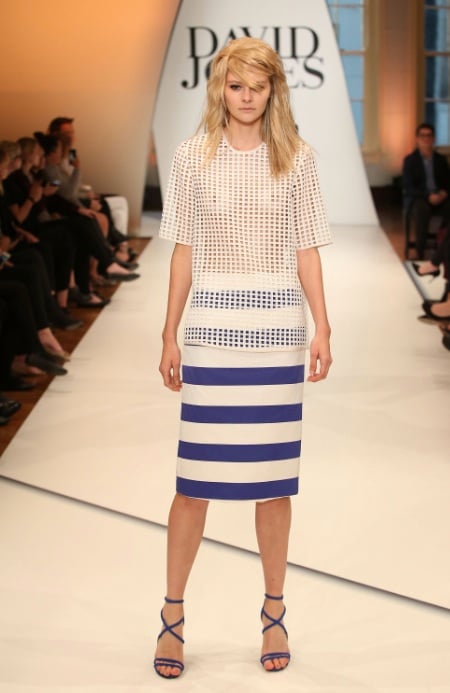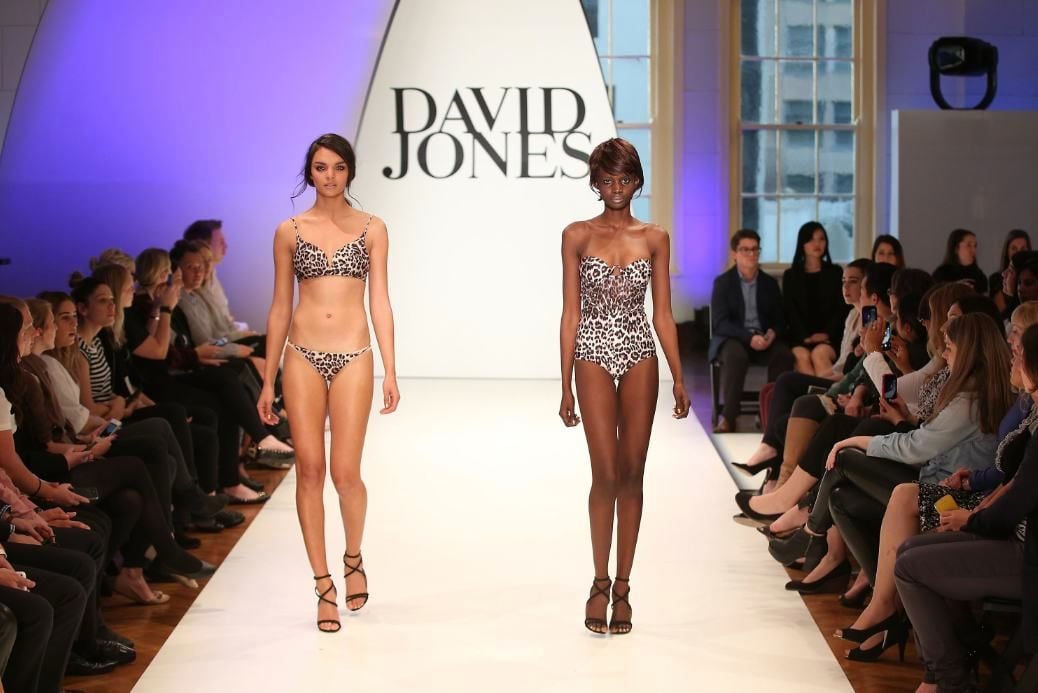
By ALYX GORMAN
In approximately three seconds, you’re going to roll your eyes at me. I know this. But I’m going to say what I’m going to say anyway:
We need to be nicer to models.
There you go. I can literally hear your eyes rolling into the back of your head. But please check your prejudices at the door and listen to me for a second.
Last weekend, in the most respected weekly supplement of the most respected national newspaper in the country, The Good Weekend ran a cover story ran about Australian supermodel Abbey Lee Kershaw.
The story in question began like this:
“I’ve recently spent some time looking at Abbey Lee Kershaw’s breasts. They are certainly nothing special; modestly proportioned, unremarkable. What is unusual about them is only that they are on display so much: she recently whipped them out for her friend, the catastrophically cool French photographer and fashion designer Hedi Slimane, who shot her naked in a bamboo grove in California last year …A former model and aspiring actor, Kershaw once told W magazine: “I like my hands. They do most of the talking.” But if recent form is any guide, it’s actually her tits that do the talking, and what they say is: “I am not Miranda Kerr.”
The owner of the “unremarkable” breasts in question was unimpressed.
So were a lot of other people, too.
Can you imagine a story like this running about any other kind of woman? A story where the opening paragraph physically dissects the poor subject, before ultimately rejecting her?


Top Comments
Love the article. Though the mocking of the journalist who didn't want to interview a model or couldn't be bothered researching anything about her, made me think of Jamila's interview with Kim Kardashian! (No offence intended)
Interesting. I haven't worked with models very often but I know that when I did a model shoot at a local photography club last year we had a young bloke and a girl come in to pose for us.
Most of the budding photographers refused to engage with them in any way, simply snapping away, getting in their faces. I got far more out of the experience when I spoke directly with them. The models looked much more at ease when I asked the young girl to grab the fella's tie (it was a faux wedding shoot) and stare into his eyes.
We also had a 'handler' on the shoot and she was very protective of the models. The girl was quite young (maybe 16 or 17) and our handler made sure that she was comfortable the whole time. That gave me some solace.
As a budding photographer, I enjoyed this article. I myself have been guilty of seeing Abbey Lee and focussing on the gap in her teeth but the fact is that if I was to pay somebody like her to sit for photographs, I would certainly want to make sure she was comfortable and treated as a human. It doesn't even come into my mind that she wouldn't.
Perhaps I need to make a more conscious effort to make sure that I consider the model as a person next time I work with them.